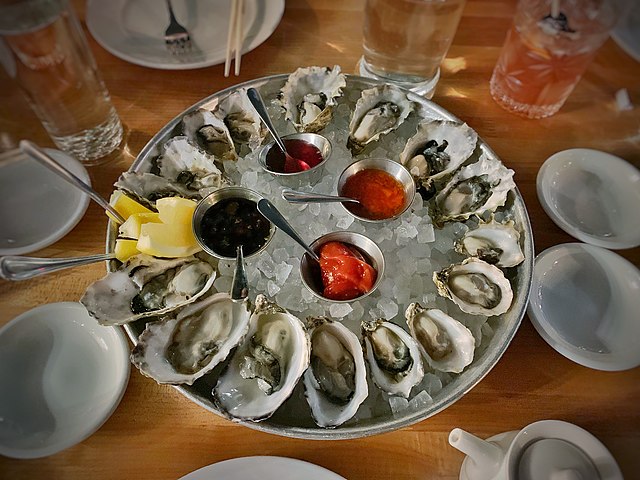As we briefly discussed in the first lecture, global climate change is likely to change our understanding of the dynamics of foodborne infections. A recent study from Germany focused on how climate change was likely to affect transmission of Campylobacter, non-typhoidal Salmonella, and Vibrio in that country. In Germany, rates of Campylobacter infection are highest from July to September. That may be due to changes in food consumption patterns (more outdoor barbecues with the potential for cross-contamination from poultry) or changes in exposure to contaminated water that can occur after summer rainstorms. non-typhoidal Salmonella transmission shows similar dynamics. While routes of exposure to non-typohidal Salmonella may be similar to Campylobacter, Salmonella is better able to survive and grow under diverse environmental conditions than Campylobacter, with increased outdoor temperatures directly correlated to Salmonella outbreaks. Vibrio species colonize marine and brackish (places were fresh and salt water mix); warming oceans means that the regions where Vibrio can be found is increasing. Typically, Vibrio outbreaks have been rare in Germany but outbreaks are predicted to increase as levels of Vibrio increase in warming waters were seafood are harvested. Recent outbreaks of Vibrio vulnificus in New York and Connecticut are also likely attributable to rising ocean temperatures. Vibrio vulnificus infections were previously much more common in Gulf Coast waters around Florida.

